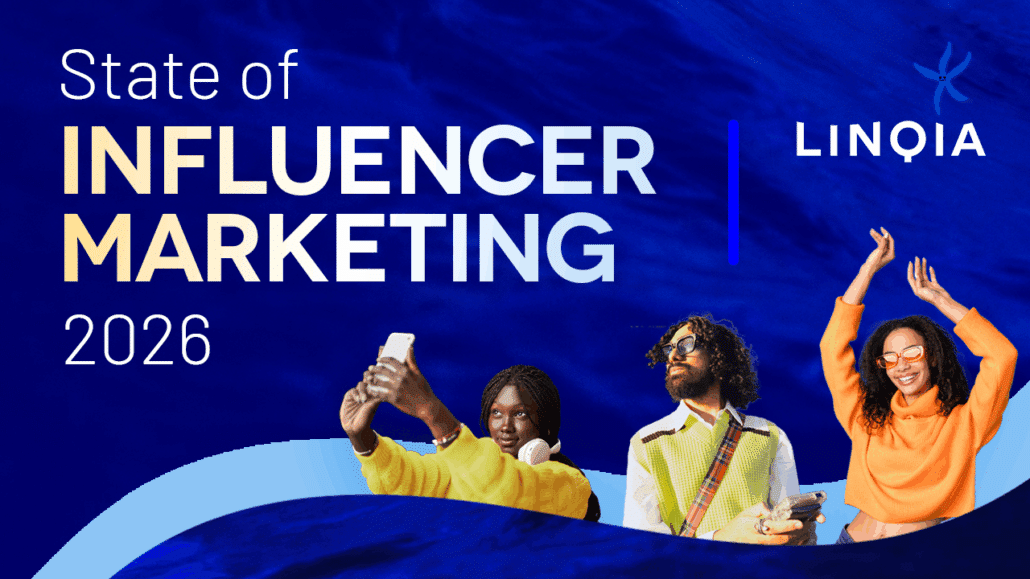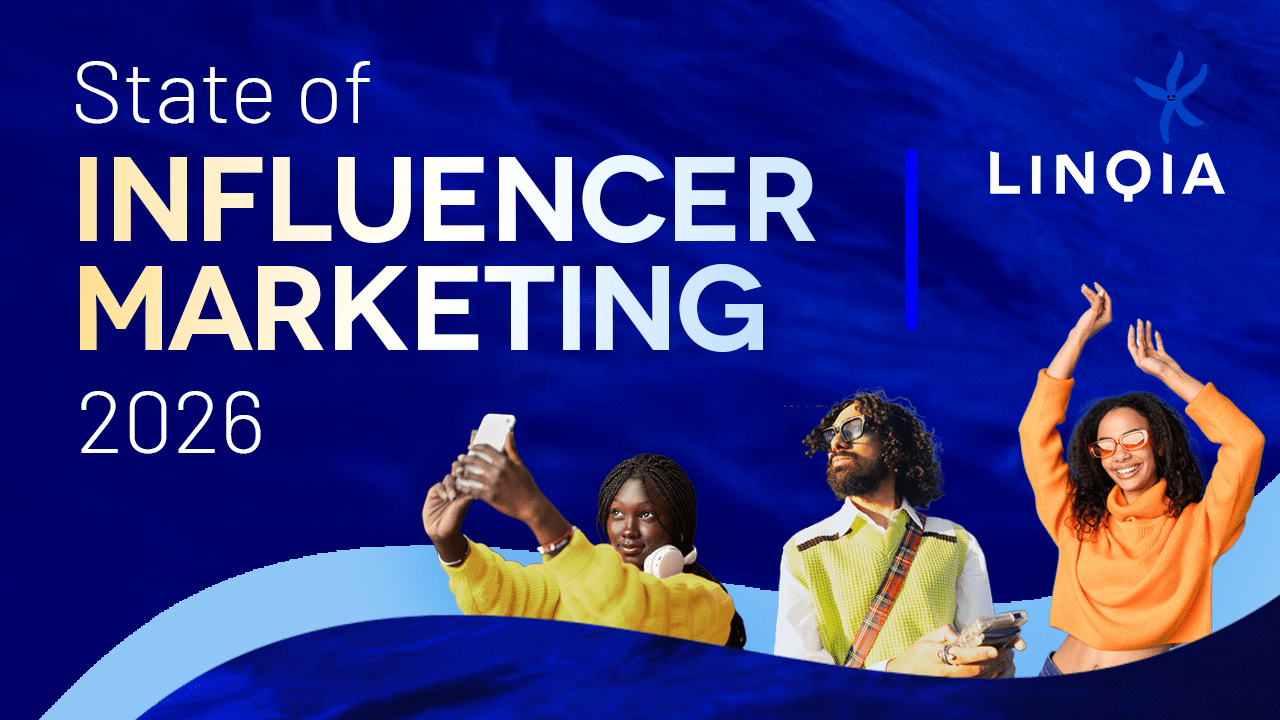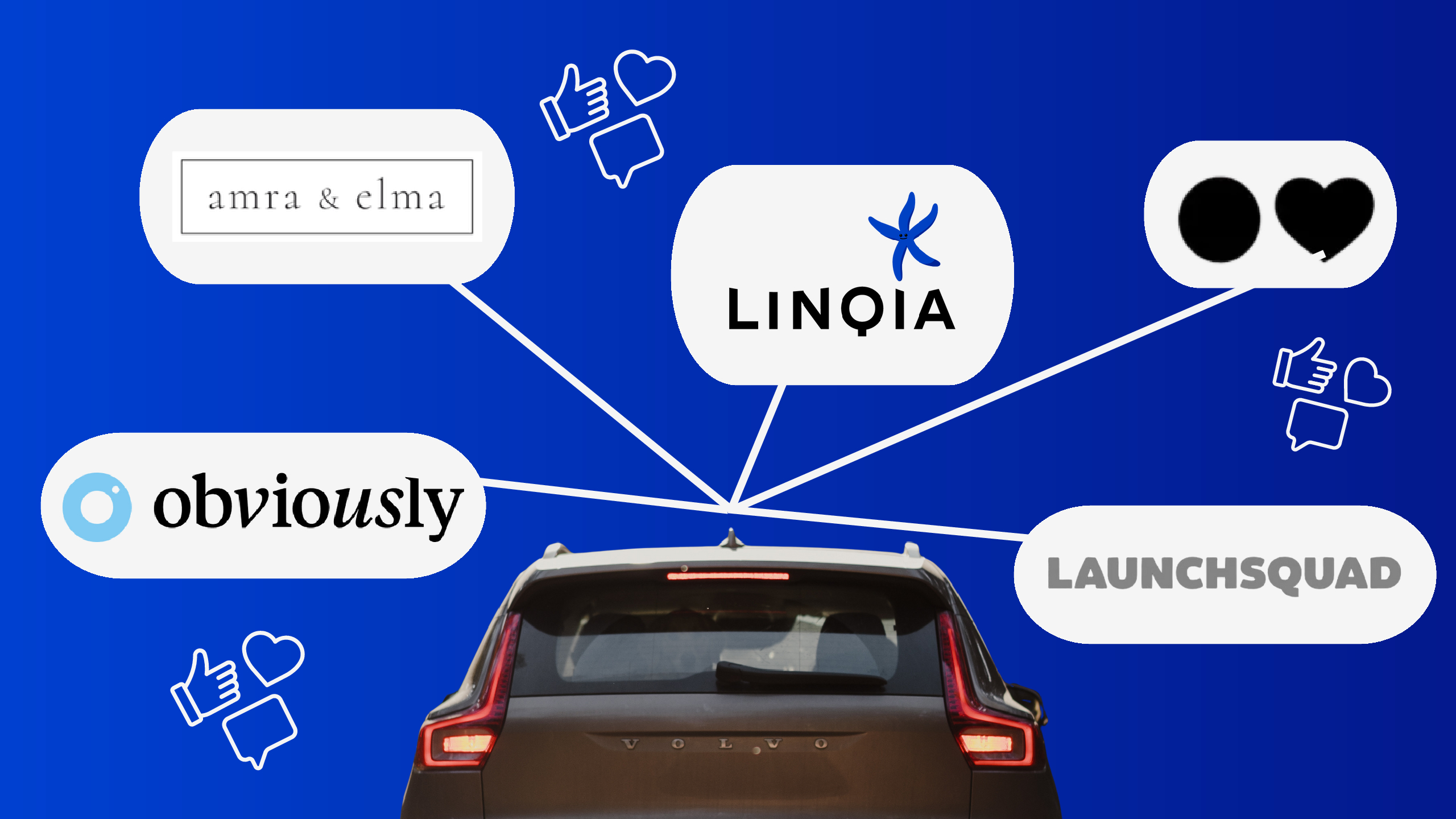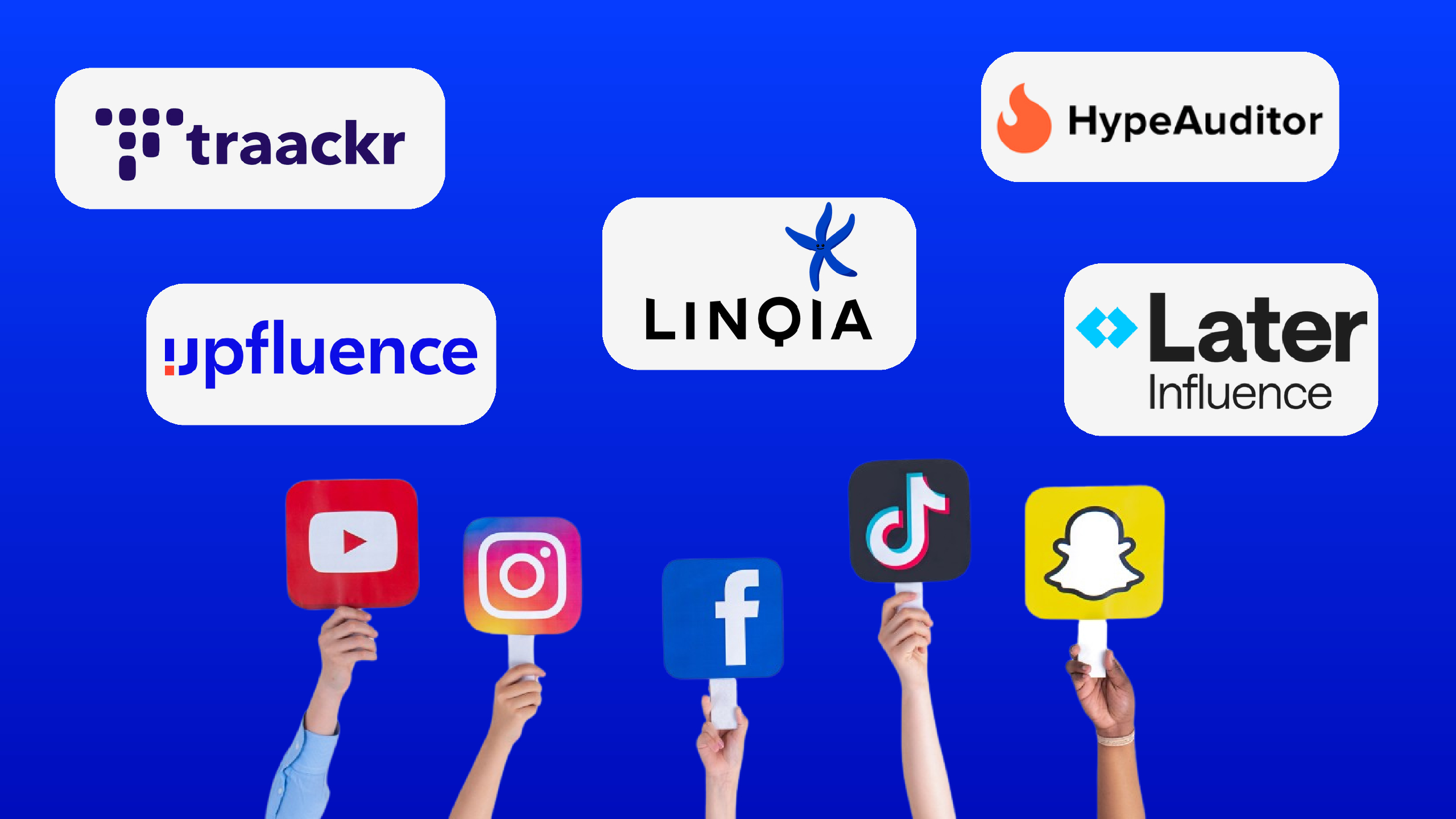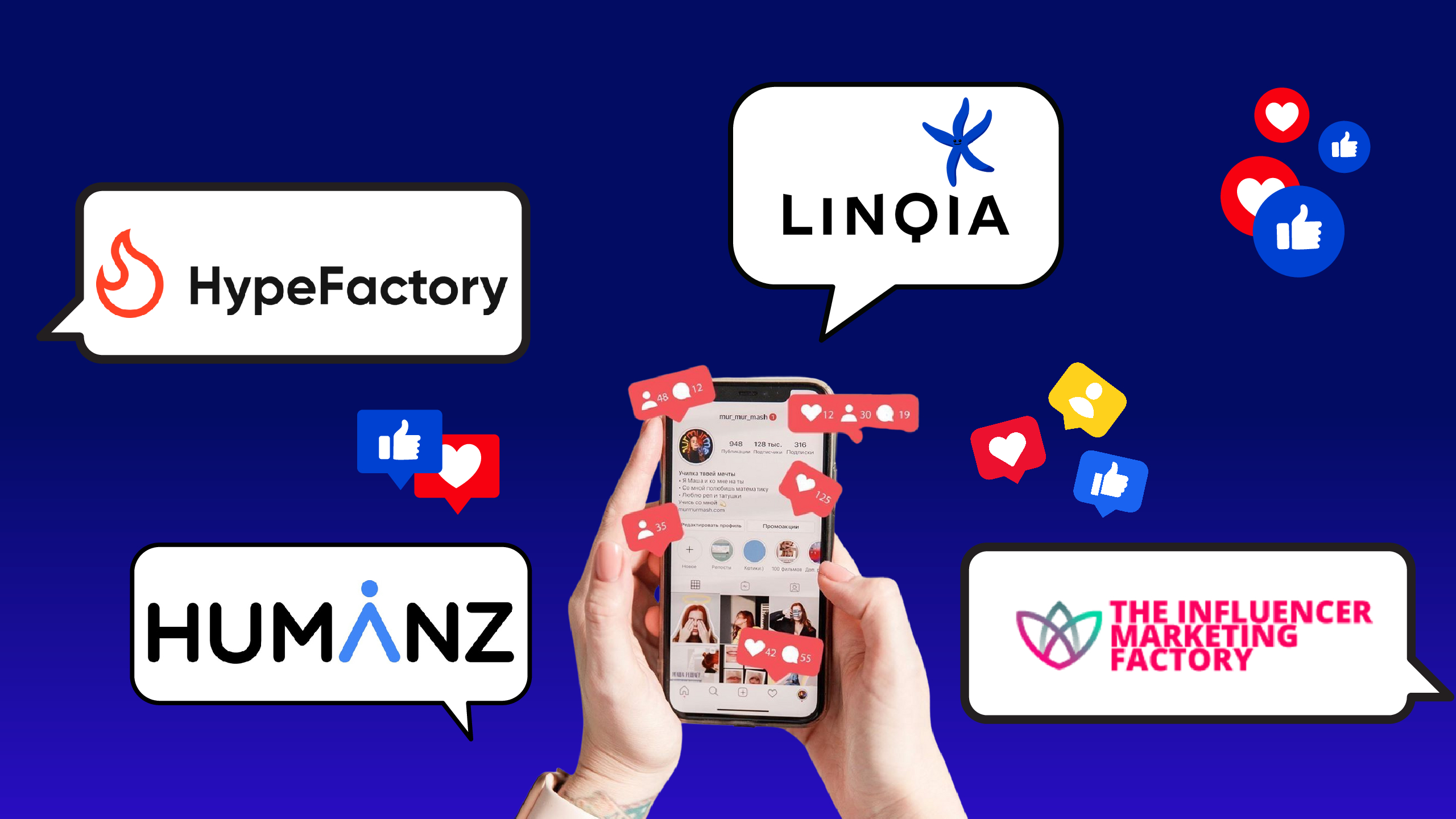Influencer marketing isn’t just growing, it’s maturing. Linqia’s newly released 2026 State of Influencer Marketing Report reveals a fast-evolving industry that’s moving from experimental campaigns to essential, full-funnel strategies.
Based on insights from over 200 enterprise marketers, the report shows that budgets are up, AI adoption is accelerating, creator content continues to outperform brand assets, and—unsurprisingly—ROI remains marketers’ biggest hurdle.
Let’s dive into some of the key findings shaping the future of influencer marketing.
Creator Content Outperforms Brand Content
Creators are no longer just for social feeds, they’re powering campaigns across every marketing channel. 100% of marketers surveyed said they’re repurposing creator content beyond the creator’s own wall, and 81% report that creator content outperforms traditional brand-created assets.
From connected TV and retail media to paid social and email, creator-led storytelling is fueling engagement and conversions across the full funnel.
Budgets Are Rising (and Fast)
62% of marketers reported their influencer marketing budgets are continuing to grow year-over-year, and nearly one-third plan to spend over $5 million on influencer activations in 2026. This growth underscores how influencer marketing has evolved into a core performance channel, not just a brand awareness play.
AI Becomes a Standard Part of the Workflow
Marketers are leaning on AI to boost creativity and efficiency, with 74% using AI to generate ideas, write briefs, or streamline campaign workflows. Yet, despite the enthusiasm for AI tools, 89% say they have no plans to work with virtual influencers or digital avatars anytime soon. Thus, AI is becoming an invaluable tool behind the scenes, but human creators remain the face of authentic storytelling.
ROI and Attribution Still Pose Challenges
Despite more data and advanced tools, measuring the impact of influencer campaigns remains tough. 79% of marketers cite ROI as their biggest challenge and 48% point to attribution as the largest measurement gap. Marketers are demanding clearer links between creator content and bottom-line results—whether that’s engagement, traffic, or sales.
Specialist Agencies Are In, In-House Is Out
As influencer programs scale, more brands are turning to expert partners to deliver results. 49% of marketers now work with specialist influencer agencies (up from 28% in 2025), and in-house management dropped to 23%.
Creative strategy emerged as the top agency differentiator, followed by creator selection and measurement capabilities. The trend points toward deeper collaboration and smarter strategy, as brands seek partners who blend data, creativity, and operational scale.
The Bottom Line
Influencer marketing has officially entered its maturity phase—complete with larger budgets, smarter tools, and higher expectations. As marketers push for better measurement and faster execution, the industry’s future will hinge on how well brands balance authenticity with performance.
👉 Download the full 2026 State of Influencer Marketing Report to explore all the data and insights shaping this next era of influencer marketing.
Want more updates? Subscribe to our newsletter at www.linqia.com/subscribe to never miss what’s new in influencer marketing and social media.
